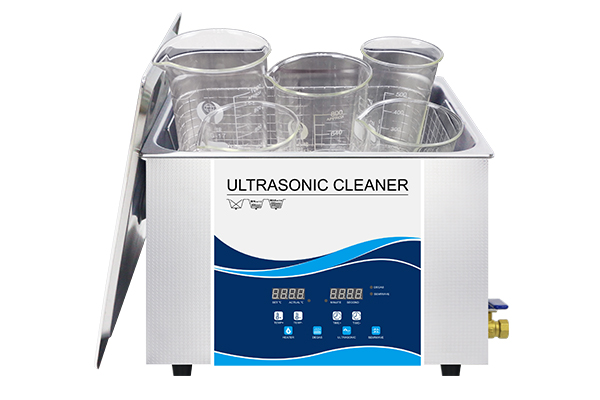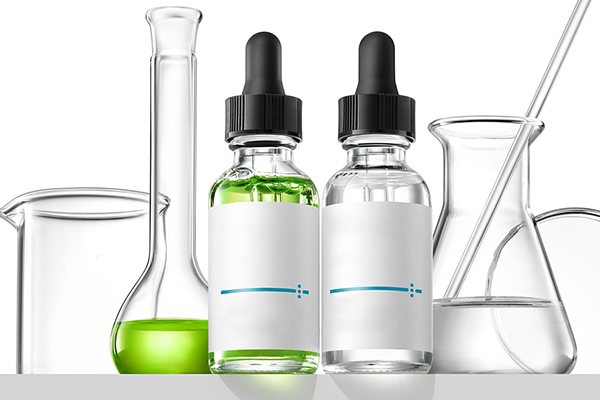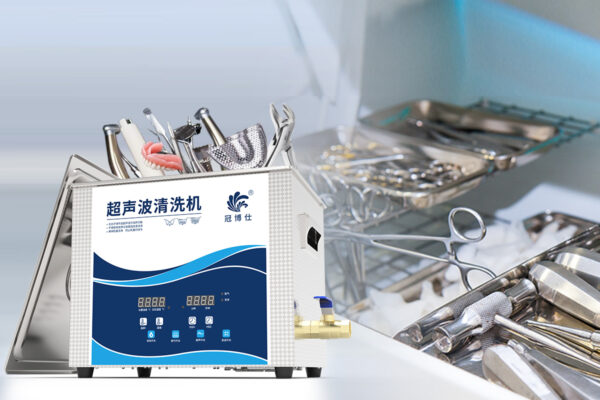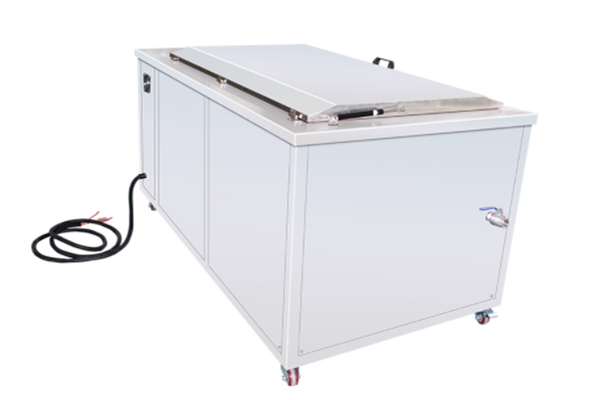The choice of frequency in laboratory ultrasonic cleaning instruments is crucial for ensuring effective cleaning. Different frequencies are suitable for various types of cleaning tasks, influencing the intensity and precision of cavitation effects during the cleaning process.

Applications of Mid to Low Frequency Ultrasonic Cleaning
Mid to low frequencies (20-68kHz) are typically used for removing larger or more stubborn contaminants. Ultrasonic waves in this range produce strong cavitation effects, where the bursting bubbles generate significant impact force capable of effectively dislodging dirt adhered to the surfaces of laboratory equipment. However, the intense cavitation at mid to low frequencies may damage sensitive or precision instruments, so careful consideration is required when using this frequency range.
Advantages of High-Frequency Ultrasonic Cleaning
High-frequency ultrasonics (above 68kHz) provide a gentler cavitation effect. At these frequencies, cavitation bubbles are smaller and more uniformly distributed, capable of penetrating into tiny crevices, making them suitable for cleaning precision components and complex structures. High frequencies are particularly beneficial for cleaning sensitive and precision instruments in the laboratory, such as electronic components and optical parts, due to minimal damage to the surfaces.
Impact of Ultrasonic Frequency on Laboratory Cleaning Tasks

Importance of Frequency Selection
With diverse cleaning tasks in the laboratory, ranging from general equipment cleaning to special care for sensitive materials or precision devices, the choice of frequency in ultrasonic cleaning instruments becomes particularly crucial. Lower frequencies are suited for general cleaning needs, while higher frequencies are preferable for tasks requiring delicate handling. Proper frequency selection not only improves cleaning efficiency but also protects the items being cleaned from damage.
Adjusting Frequency to Meet Various Cleaning Needs
In laboratories, the frequency of ultrasonic cleaning instruments should be adjusted based on the material of the items being cleaned and the type of contaminants. For example, cleaning metal materials and organic pollutants may require different frequencies to achieve optimal cleaning results. By adjusting the frequency, the cleaning process can be optimized, achieving more precise and gentle cleaning effects.
Frequency Adjustment Strategies for Laboratory Ultrasonic Cleaning Instruments
As analyzed, selecting the appropriate ultrasonic frequency is essential for laboratory cleaning tasks. The correct frequency enhances cleaning outcomes and ensures the safety and efficiency of the cleaning process. Laboratories should flexibly choose ultrasonic frequencies based on specific cleaning needs to ensure quality and efficiency.




